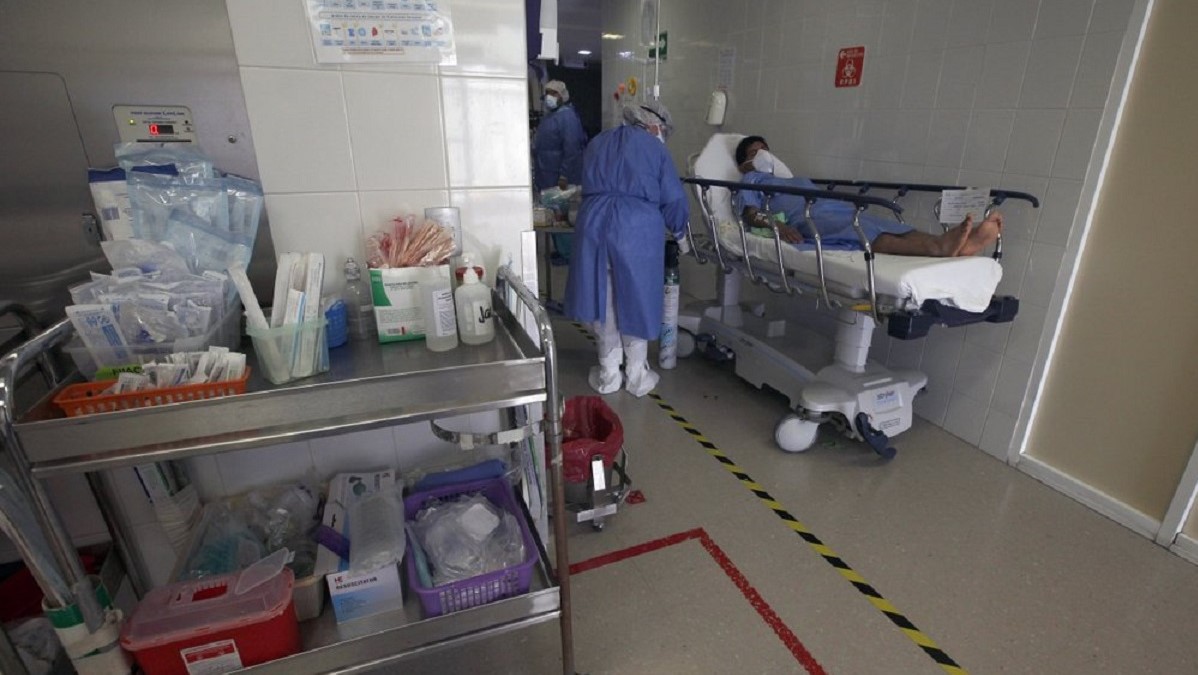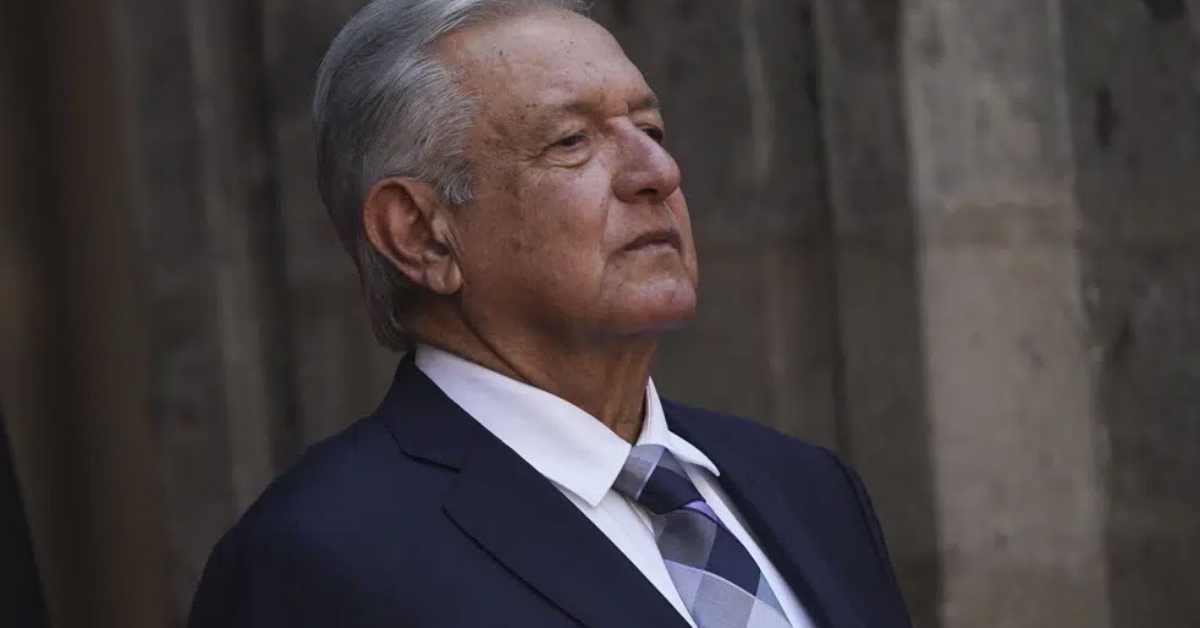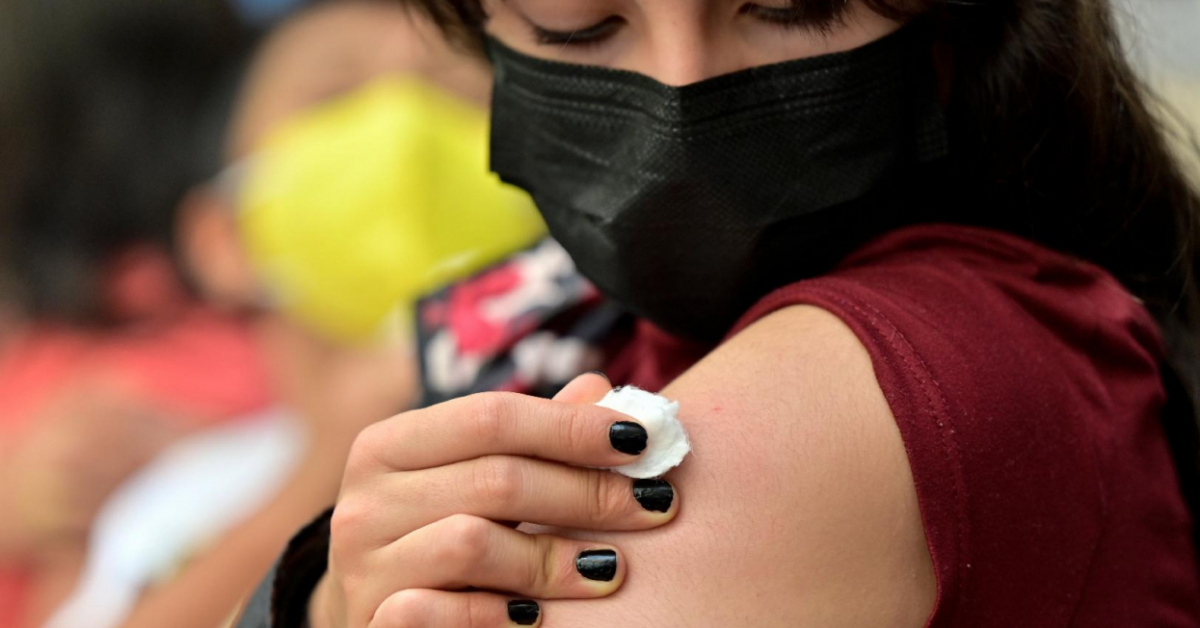Sometimes Latin American dance tunes on the radio — salsa, cumbia, ranchera — bring a little cheer into the emergency room of Mexico City’s Ajusco Medio hospital, which is operating well over normal capacity because of COVID-19.
Dr. Marta Patricia Mancilla, head of the emergency unit, says the upbeat soundtrack is a distraction from the routine at the packed hospital, where some people have kneeled at the doors of the emergency room, praying for relatives suffering from the disease.
It has been eight months since the city-run Ajusco Medio hospital was named as one . . .






